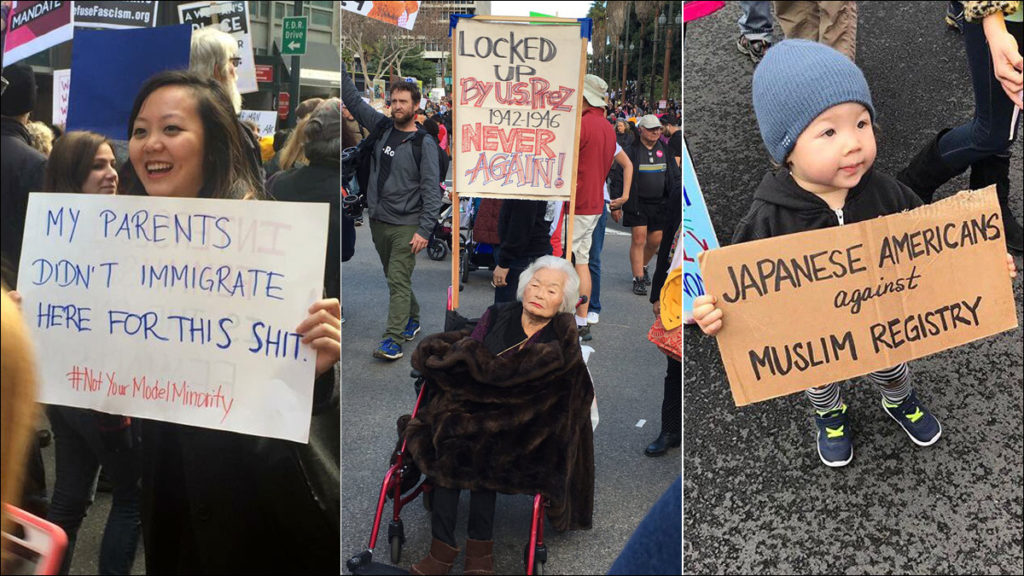While I've always considered myself to have a good grasp on the history and meaning of the myth of the "Model Minority", the prologue and introductory chapters of "Fight the Tower" have been seriously eye-opening. Specifically, the ways in which the status of the "privileged oppressed" affect Asian American women within the academy reveals the insidious damage of social engineering. Not only are Asian American hyper-sexualized and subjected to gender discrimination, these stereotypes contribute to their silencing and suppression. They may seem privileged and accomplished from outside of the academy, yet their achievements and accolades mean nothing, as they are considered readily disposable by their administrators. While it's easy to consider this sort of violence as an artifact of past times where racial violence was more overt, the case studies and anecdotes from the reading say otherwise. Micro-aggressions and covert discrimination greatly contribute to the oppression Asian American women suffer within the academy, especially relating to denial of promotions, tenure, and authority. Although not entirely surprising, this contemporary violence is often overlooked and dismissed, even while Asian American women are greatly underrepresented within higher position within the academy, and suffering from serious health conditions relating to stress from academic work.
Understanding the context within which Asian American women are oppressed, the poem "Waking" by W.P. begins to reveal the symptoms of a more systemic violence. The action of the poet's white colleague is more than just a personal attack, her lack of sympathy and complacency to W.P.'s subjugation exemplifies the disposability of Asian American women within the academy. Despite being working closely and even "breaking bread" with the biology professor, W.P. is quickly abandoned once she begins to stray from the expected docility of Asian American women. Ironically, the white colleague is brought to tears by the death of an animal, being deeply sympathetic towards this non-human being while turning against her human, "yellow faced colleague" who is being abused by the academy. These instances of violence against Asian Americans within the academy are not isolated incidents. Rather, they are indications of a much more systemic and insidious violence.

Question: Besides lawsuits, how are some ways Asian Americans have fought against oppression within the academy? How effective have those strategies been?
References:
Valverde, K., & Dariotis, W. (2019). “The Time to Fight Is Now”: Asian American Women, Academia’s
Socially Engineered “Privileged Oppressed,” Go Rogue.
Socially Engineered “Privileged Oppressed,” Go Rogue.
Hune, S. (2019). Taking Action: Asian American Faculty Against Injustices in the Academy.
W.P. (2019). Waking.
Image taken from https://www.racefiles.com/2017/01/24/100-asian-american-pacific-islander-organizations-pledge-to-resist-repression-under-trump-administration/
Image taken from https://www.racefiles.com/2017/01/24/100-asian-american-pacific-islander-organizations-pledge-to-resist-repression-under-trump-administration/
No comments:
Post a Comment